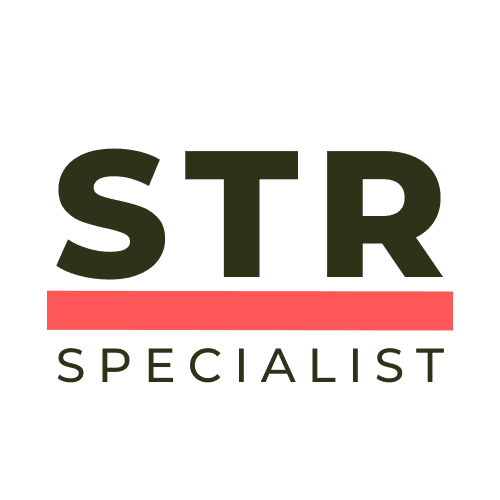About Me

Hi, I'm a Professional Airbnb Superhost

Airbnb Hosting Tips: How Airbnb Stands Out from Other Platforms
When it comes to short-term rental platforms, understanding the unique features of Airbnb can significantly enhance your hosting experience. In this guide, we’ll explore essential Airbnb hosting tips that highlight what makes Airbnb different and how you can leverage these differences to your advantage. Whether you’re considering hosting for the first time or looking to refine your strategy, these insights will help you navigate the world of Airbnb with confidence. Table of Contents Step 1: Understand the Unique Rental Options on Airbnb Step 2: Take Advantage of the Review System Step 3: Know the Review Policy Step 4: Leverage Host Insurance Step 5: Start with Airbnb for New Hosts Step 6: Maintain High Standards Step 7: Communicate Effectively with Guests Step 8: Set Competitive Pricing Step 9: Create a Welcoming Atmosphere Step 10: Stay Up to Date with Airbnb Policies Frequently Asked Questions Step 1: Understand the Unique Rental Options on Airbnb One of the standout features of Airbnb is its flexibility regarding rental types. Unlike other platforms, Airbnb allows you to rent out a shared space. This means if you live in a three-bedroom apartment, you can rent out just one room while still residing there. This unique aspect of Airbnb caters to a diverse range of hosts and guests. While shared spaces are a significant part of Airbnb’s offerings, it’s worth noting that 70% of the properties listed are entire homes, including apartments, houses, and cottages. This variety ensures that you can cater to different types of travellers, from solo adventurers to families looking for a complete home experience. Step 2: Take Advantage of the Review System Airbnb’s review system is another feature that sets it apart from other platforms. Unlike traditional hospitality models where only guests can leave reviews, Airbnb allows both hosts and guests to review each other. This bidirectional review system builds trust and accountability. Before booking, guests can view detailed profiles, including travel histories and previous reviews. This transparency helps ensure a positive experience for both parties. Many other platforms struggle with fake reviews, but on Airbnb, reviews can only be left after a stay, making them more reliable. Step 3: Know the Review Policy Airbnb has a strict policy regarding reviews: they do not remove them. If a guest leaves a negative review, the host cannot get it taken down, although they can respond publicly. This policy is beneficial for potential guests as it ensures they see all reviews, good or bad, providing a more accurate picture of what to expect. This policy also encourages hosts to maintain high standards, as they cannot erase negative feedback. As a host, this means you should focus on providing excellent service and a clean, welcoming environment to earn positive reviews. Step 4: Leverage Host Insurance Airbnb offers two types of insurance that are particularly advantageous for hosts: liability insurance and damage protection insurance, both up to $1 million. This level of coverage is unmatched by other rental platforms. The damage protection insurance covers any potential damage caused by guests, which can be invaluable for your peace of mind. In contrast to other platforms where hosts may only set a damage deposit, Airbnb’s insurance can cover extensive damages that might occur during a stay. Step 5: Start with Airbnb for New Hosts If you’re new to the short-term rental industry, beginning your hosting journey with Airbnb is a smart move. The platform offers substantial protections and a user-friendly interface that can help ease you into hosting. Once you gain experience, you can explore other platforms that may have more complex operations. As you build your confidence in managing properties and dealing with guests, you can gradually expand your listings to other platforms. This strategy allows you to focus on mastering the Airbnb system first, which is a great foundation for future success. Step 6: Maintain High Standards To succeed on Airbnb, maintaining high standards is crucial. Regularly clean your property and ensure it is well-maintained. Guests often leave reviews based on cleanliness and overall experience, so these factors can significantly impact your ratings. Step 7: Communicate Effectively with Guests Effective communication is key to a successful hosting experience. Be prompt in responding to inquiries and provide clear check-in instructions. Consider using automated messaging tools to streamline communication and enhance the guest experience. Step 8: Set Competitive Pricing Pricing your listing competitively is essential for attracting guests. Research similar listings in your area and adjust your rates accordingly. You can use Airbnb’s smart pricing tool to help set dynamic rates based on demand, seasonality, and local events. Step 9: Create a Welcoming Atmosphere Guests appreciate a welcoming environment. Consider adding personal touches, such as local recommendations or small amenities like snacks or toiletries. These thoughtful gestures can lead to better reviews and repeat bookings. Step 10: Stay Up to Date with Airbnb Policies Airbnb frequently updates its policies and features. Staying informed about these changes can help you leverage new tools and ensure compliance. Regularly check the Airbnb community forums and updates to make the most of your hosting experience. Frequently Asked Questions What types of properties can I list on Airbnb? You can list a variety of properties on Airbnb, including shared spaces, private rooms, and entire homes. The flexibility allows you to cater to different types of guests. How does Airbnb’s review system work? Both guests and hosts can leave reviews for each other after a stay. This system promotes accountability and transparency, helping potential guests make informed decisions. What insurance does Airbnb provide for hosts? Airbnb offers liability insurance and damage protection insurance, both up to $1 million, providing hosts with substantial coverage against potential risks. Is it better to start hosting on Airbnb or another platform? For new hosts, starting with Airbnb is recommended due to its user-friendly interface and comprehensive protections. Once you gain experience, you can explore other platforms. How can I improve my listing’s visibility? To improve visibility, ensure you have high-quality photos, write detailed descriptions, and maintain competitive pricing.
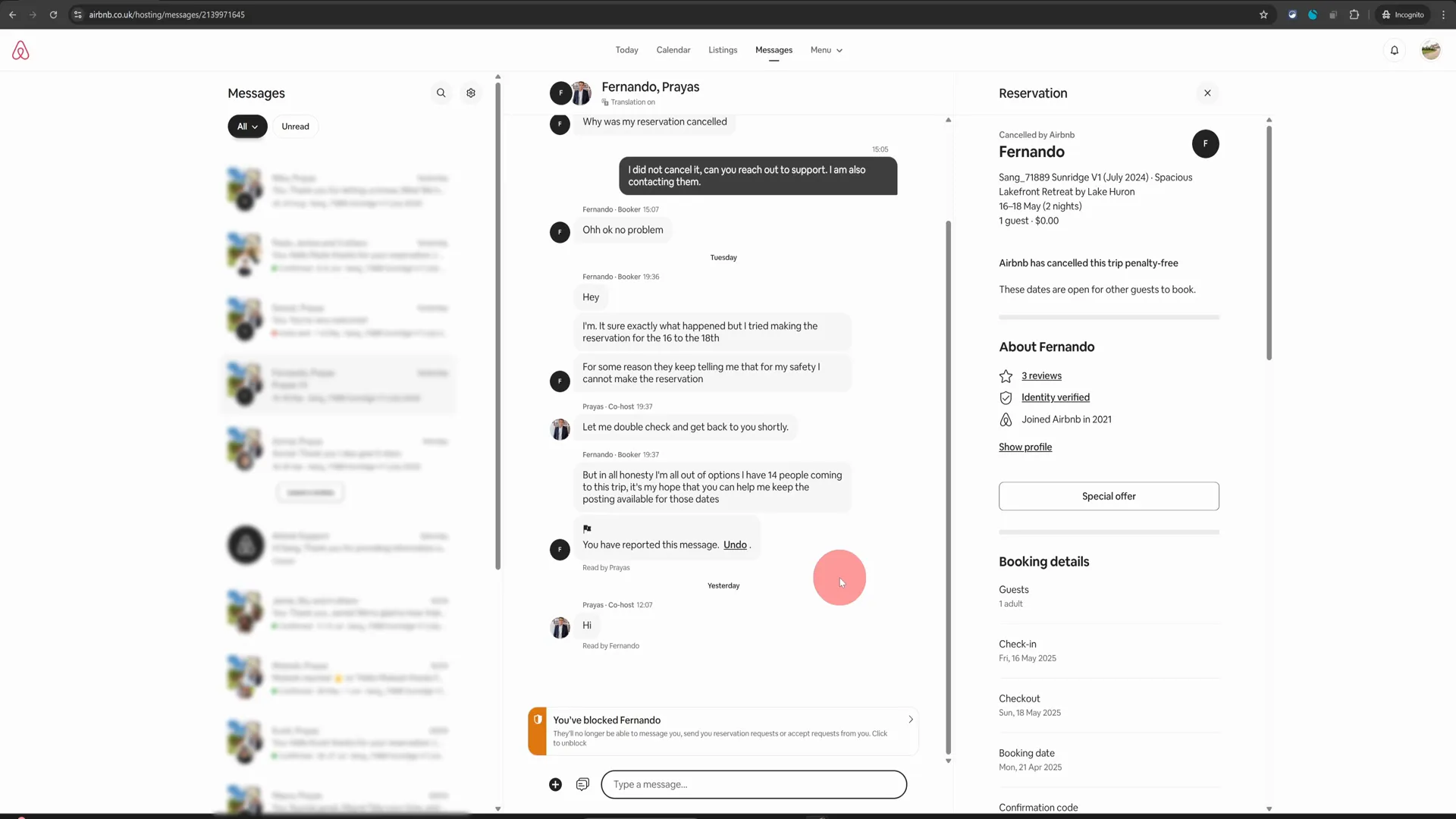
Airbnb Hosting Tips: How to Block Someone on Airbnb
Blocking someone on Airbnb, whether it’s a guest or another host, can seem daunting, but it’s quite straightforward once you know the steps. In this guide, I’ll walk you through the exact process of blocking someone, ensuring your experience on the platform remains safe and enjoyable. Let’s dive into these Airbnb hosting tips! Table of Contents Step 1: Access the Message Thread Step 2: Report the Message Step 3: Choose Your Reason Step 4: Indicate Where Contact Info Was Shared Step 5: Submit the Report Step 6: Block the Person Step 7: Confirmation of Block Step 8: Unblocking if Necessary Conclusion FAQ Further Resources Step 1: Access the Message Thread The first thing you need to do is navigate to the message thread with the person you want to block. This is where all your communication with them is recorded. If you’re using a computer, simply click on the conversation. On mobile, hold your thumb on the message to bring up the options. Step 2: Report the Message Once you’re in the message thread, look for three dots or a flag icon. Click on this, and you will see a menu. From here, select “Report this message.” This option is crucial for documenting any issues you’ve had with the person. Step 3: Choose Your Reason After reporting the message, you’ll be prompted to choose a reason. In many cases, you might want to select “They asked me to communicate outside Airbnb.” This is a common reason for blocking someone, as it violates Airbnb’s policies. Step 4: Indicate Where Contact Info Was Shared Next, you’ll need to indicate where the contact information was shared. You can simply say “Airbnb message.” This step may feel redundant, but it’s necessary for the reporting process. Step 5: Submit the Report After filling out the necessary information, click on “Submit.” This action gets your report into the system, although Airbnb doesn’t typically investigate these matters deeply. They focus more on ensuring users feel safe on the platform. Step 6: Block the Person Once your report is submitted, a popup will appear, giving you the option to block the person. Click on “Block this person” and then confirm by clicking the block button. This action will prevent them from messaging you or sending reservation requests. Step 7: Confirmation of Block After completing the blocking process, you’ll receive a confirmation message stating that you have successfully blocked the person. They won’t be able to contact you anymore, which can provide peace of mind. Step 8: Unblocking if Necessary Should you ever decide to unblock someone, it’s just as easy. Simply revisit the message thread, and follow the prompts to unblock them. This flexibility is helpful, especially if situations change. Conclusion Blocking someone on Airbnb is a simple process that can enhance your hosting experience. Whether it’s to maintain safety or simply to avoid unwanted interactions, knowing how to do it effectively is an essential skill for every host. I hope these Airbnb hosting tips have been useful to you! FAQ Can I block multiple users at once? No, you need to block each user individually through their message thread. Will the blocked user know they’ve been blocked? They won’t receive a notification, but they will notice they can no longer message you or send requests. What if I block someone by mistake? You can easily unblock them by following the same steps and choosing to unblock instead. Are there any consequences for blocking someone? Blocking someone does not have any repercussions on your account but ensures your safety and comfort while using the platform. Further Resources If you’re looking to enhance your hosting skills further, consider checking out my free No-Nonsense Airbnb Webinar. It offers valuable insights and tips that can help you succeed as a host.
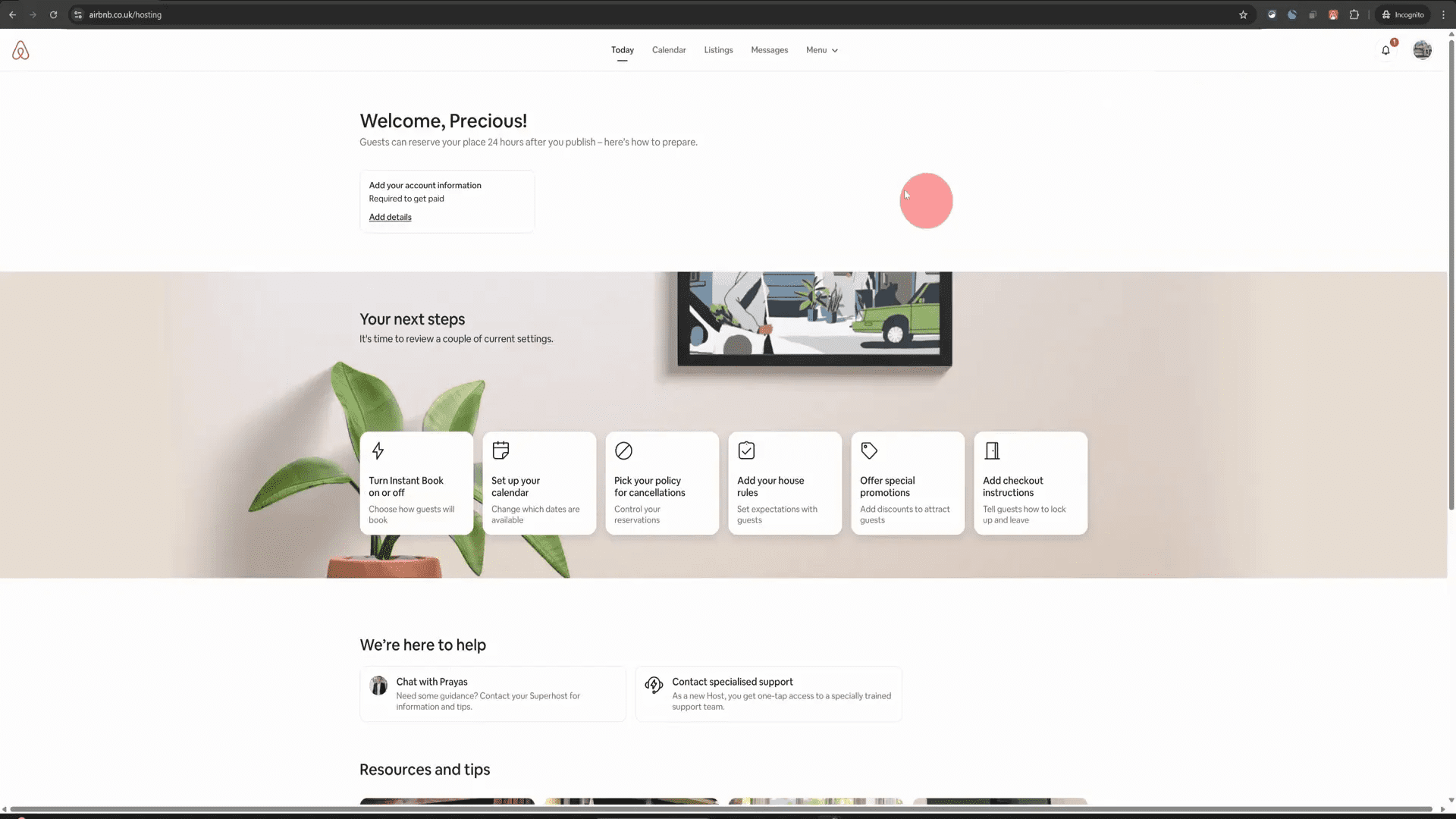
Airbnb Hosting Tips: How to Mention Pets on Your Listing
Are you a host with furry friends? If so, it’s crucial to let potential guests know about any pets living at your property. This not only sets the right expectations but also ensures a smooth experience for everyone involved. In this guide, we’ll walk you through the steps to update your Airbnb listing to mention pets, all in just a few clicks. Table of Contents Step 1: Log Into Your Airbnb Account Step 2: Switch to Hosting Dashboard Step 3: Navigate to Listings Step 4: Open Your Listing Editor Step 5: Scroll to Guest Safety Section Step 6: Access Property Info Step 7: Indicate Pets at Your Property Step 8: Add Details About Your Pet Step 9: Save Your Changes Step 10: Review Your Listing Why Mentioning Pets is Important Frequently Asked Questions Step 1: Log Into Your Airbnb Account First things first, you need to log into your Airbnb account from a computer. It’s easier to make these updates on a desktop or laptop rather than using the mobile app, which isn’t suited for this type of task. Step 2: Switch to Hosting Dashboard Once logged in, look for the “Switch to Hosting” option located at the top right corner of the page. This will take you to your hosting dashboard where you can manage your listings effectively. Step 3: Navigate to Listings In your hosting dashboard, find the “Listings” option in the top menu. Click on this to open your listings, which will allow you to make necessary edits. Step 4: Open Your Listing Editor Now, click on your listing image to open the listing editor. This is where you’ll make all the updates regarding your property. Step 5: Scroll to Guest Safety Section After opening the listing editor, scroll down until you find the “Guest Safety” section on the left side. Click on it to access more options. Step 6: Access Property Info In the menu that appears on the right, locate the last option titled “Property Info.” Click on this to proceed. Step 7: Indicate Pets at Your Property Within the Property Info section, you’ll see an option that asks, “Pets live at this property?” You need to mark this as “Yes” if you have a dog, cat, or any other kind of pet residing there. Step 8: Add Details About Your Pet Once you select “Yes,” an “Add Details” section will pop up. Click on it and type in exactly what kind of pet you have and any other relevant details you think should be mentioned. This could include your pet’s size, breed, or any specific behaviour traits that guests should be aware of. Step 9: Save Your Changes After you’ve added all the necessary details, click on “Continue” and then “Save.” This ensures that your listing is updated and that guests will see the pet information before they make a reservation. Step 10: Review Your Listing Finally, take a moment to review your listing to ensure all the details are correct. Having clear and accurate information about pets will help you avoid any surprises for your guests and enhance their experience. Why Mentioning Pets is Important By mentioning pets in your listing, you set clear expectations. Guests who may have allergies or aversions to animals can make informed decisions. This also minimizes the chances of conflicts during their stay, leading to better reviews and repeat bookings. Additionally, pet-friendly listings often attract more guests, as many travelers prefer accommodations that welcome their furry companions. So, being transparent about your pet policy can be a win-win for both you and your guests. Frequently Asked Questions 1. Can I charge a pet fee? Yes, you can charge a pet fee or a pet deposit. Just be sure to clearly communicate this in your listing to avoid any misunderstandings. 2. What if my pet causes damage? It’s advisable to set clear rules regarding pet behaviour and potential damages. You can use the pet deposit to cover any damages that may occur during a guest’s stay. 3. Are there specific breeds I should avoid allowing? It’s entirely up to you as a host to define your pet policy, including any breed restrictions. Just be sure to include these details in your listing. 4. What if a guest doesn’t follow the pet policy? Make sure to document any violations and address them promptly. You can use the Airbnb Resolution Center for any disputes related to damages or policy violations. 5. How can I make my property more pet-friendly? Consider adding pet-friendly amenities such as food bowls, pet beds, and a secure outdoor space. This can enhance the experience for both pets and their owners. In conclusion, updating your Airbnb listing to mention pets is a straightforward process that can significantly enhance your hosting experience. By following these steps, you can ensure that both you and your guests are on the same page regarding pets. For more expert guidance on hosting, check out this resource to elevate your Airbnb hosting game!
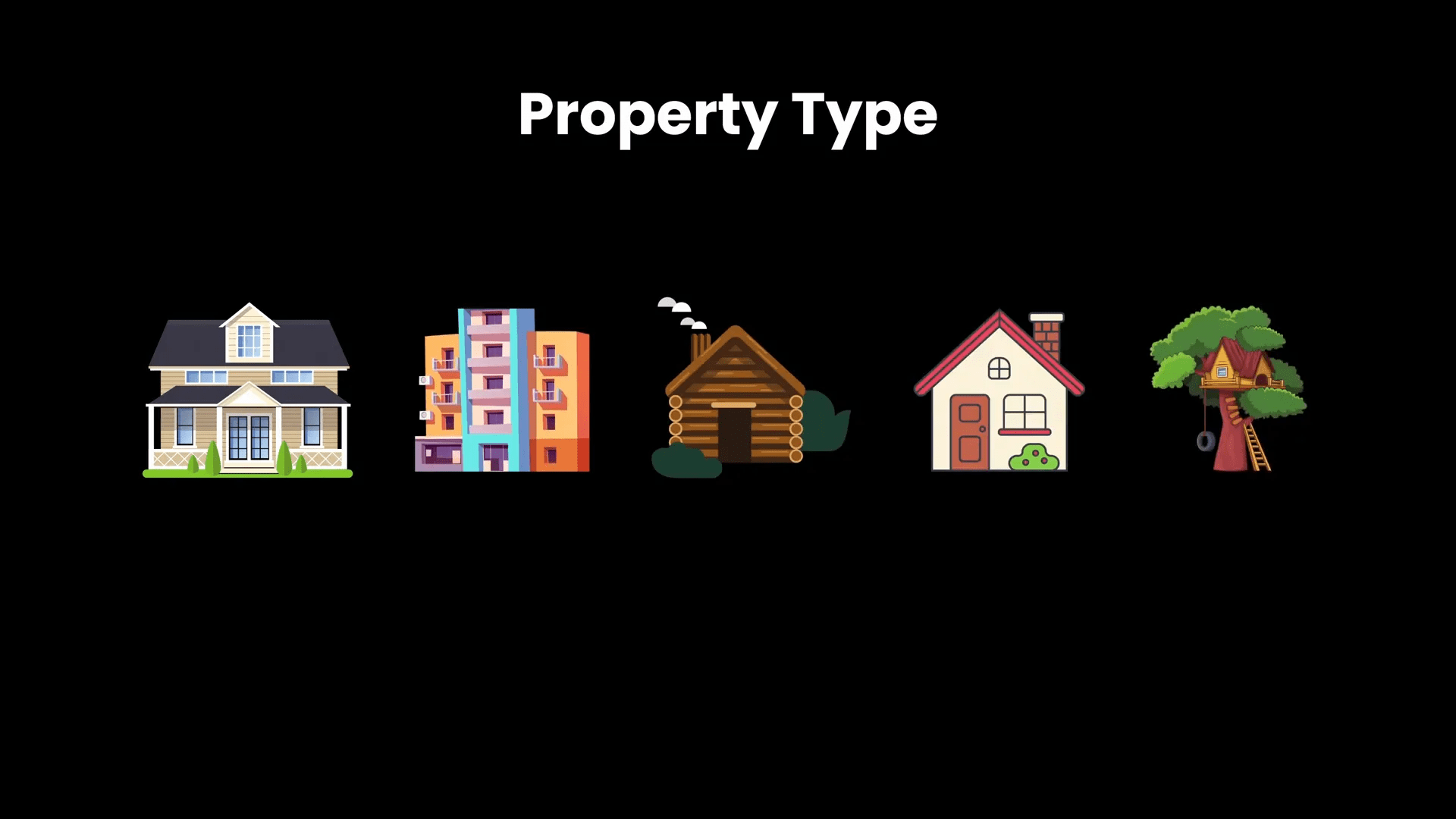
Airbnb Hosting Tips: Your Complete Guide to Listing Your Home on Airbnb in 2025
Ready to dive into the world of Airbnb hosting? This guide is your ultimate companion to listing your home on Airbnb, even if you’re starting from scratch. Whether you have a house, flat, cabin, or even a unique space like a treehouse, you can start your journey as a host today. Let’s explore the essential steps to create a successful Airbnb listing and unlock your property’s potential! Table of Contents Step 1: Understand What You Can List on Airbnb Step 2: Gather Your Essentials Step 3: Create Your Listing Step 4: Add Photos Step 5: Write a Compelling Description Step 6: Set Your Pricing Step 7: Establish House Rules Step 8: Final Review and Publish Step 9: Post-Launch Strategies FAQ Step 1: Understand What You Can List on Airbnb First things first, let’s clarify the types of properties you can list. Airbnb is incredibly flexible, allowing you to list: Houses Flats Cabins Tiny houses Treehouses Shared spaces, like a room in your home As long as you have access to the property and can let guests in, you’re good to go! Just remember, there must be a bathroom accessible to guests, and the property should be furnished with essentials like bed linen and towels. Step 2: Gather Your Essentials Now that you know what you can list, let’s talk about what you need to get started: Good quality photos of each space your guests can access. A computer for the listing process, as it’s easier than using the mobile app. ID proof, such as a driving license or passport. A working phone number for identity verification. Keep in mind that listing on Airbnb doesn’t mean guests can book your property right away. You have full control to manage bookings through your calendar settings. Step 3: Create Your Listing Let’s get into the nitty-gritty of creating your listing. Click on the referral link in the description to start the process. Here’s how to navigate through it: Click on the “Create your listing” button. Log in or create an account. Agree to the terms and continue. Choose your property type and specify whether it’s an entire place or a shared room. Enter your property address and confirm the location on the map. Specify how many guests can stay, and the number of bedrooms, beds, and bathrooms. It’s essential to accurately reflect your property details here, as this information sets guest expectations. Step 4: Add Photos Photos are crucial in attracting guests. Here’s what to keep in mind: Use your smartphone for high-quality images. Include at least two pictures of each space from different angles. Capture the exterior of your property and the surrounding area. Once you upload your images, Airbnb will automatically organize them, but you can rearrange them later if needed. Step 5: Write a Compelling Description Your listing description is your chance to shine. Here’s how to make it engaging: Start with a catchy title that reflects your property. Use descriptive language to paint a picture of your space. Highlight key amenities and unique features. Keep it concise and make sure to include any special touches that make your property stand out. Step 6: Set Your Pricing Pricing your property correctly is critical for attracting bookings. Here’s how to approach it: Consider your location and the amenities you offer. Use Airbnb’s pricing tools to find a competitive rate. Offer discounts for your first few bookings to gain traction. Dynamic pricing tools, like the one offered by Beyond, can help you adjust your rates based on demand. Step 7: Establish House Rules Clearly outlining your house rules helps manage guest expectations. Consider the following: Are pets allowed? Is smoking permitted? What are your check-in and check-out times? Being transparent about your rules can prevent misunderstandings and ensure a smooth hosting experience. Step 8: Final Review and Publish Before you hit publish, double-check everything: Make sure all details are accurate. Review your photos and descriptions. Ensure your house rules are clear. Once you’re satisfied, click “Publish” to make your listing live! Step 9: Post-Launch Strategies After publishing your listing, here are a few tips to maximize your success: Monitor guest inquiries and respond promptly. Check your pricing regularly to stay competitive. Consider special offers to attract more bookings. By implementing these strategies, you’ll be well on your way to becoming a successful Airbnb host! FAQ Q: How long does it take for my listing to be visible? A: After publishing, it may take up to 24 hours for your listing to undergo quality checks before it becomes visible to potential guests. Q: Can I change my listing details later? A: Yes, you can always edit your listing details, including photos, descriptions, and pricing. Q: What if I need help managing my Airbnb? A: You can consider using property management services or tools like this masterclass for guidance. Q: How do I handle guest communication? A: Use the Airbnb messaging system to communicate with guests before, during, and after their stay. This keeps everything organized and secure. Q: What are some common pitfalls for new hosts? A: Some common mistakes include underpricing, neglecting to set house rules, and failing to respond to guest inquiries promptly. With these Airbnb hosting tips, you’re now equipped to list your home successfully. Happy hosting!

Some Ways To Make Renting Out Your Home Easier
If you are currently thinking about renting out your home, or you already do so and you want to improve it, there are a lot of things you might think about. One might be to try and figure out how you can effectively make renting it out a lot easier, and this is the kind of thing that is always going to be important for you to bear in mind. As it happens, there are quite a few ways in which you can do this, so let’s take a look now at some of the most effective of these. It is helpful for you, but also for the people renting, if you have very clear and precise rental terms. This is going to mean that there is so much less confusion, and you are a lot more likely to be able to understand what to expect, as are they. So if you can do this, you should find that you are going to be a lot more likely to find the whole experience a lot easier and simpler, which is of course what we are aiming for here above all. Use Management Services If you want to make the whole process that much simpler and easier, you might want to think too about making use of some property management services, as this is going to be one of the most important things that you can do when it comes to being able to make this work. They will deal with much of the difficult stuff for you, which is certainly always going to make a huge difference to how you approach the process. So this is something you should make sure you are thinking about for sure. Keep Up With Maintenance A property that has been properly and thoroughly maintained is going to attract better renters and you will find that you can also charge higher prices, so it is generally in your best interest to make sure that you are thinking about this too. Keeping up with the maintenance of the home is therefore something that should always be at the top of your list, and you are going to find it incredibly important to make sure you have thought about this regularly and recently. If you have, it will help a lot and you’ll find that you are much more likely to rent easily. Keep Up With Local Laws There are very often a lot of local laws that you will need to be aware of and try to keep up with if you are going to make sure that you are following them effectively. If you can do that, you should be able to rent your home out so much more effectively and without getting into any trouble, so it just means there is one less thing for you to think about here. Make sure you don’t forget this if you want to do this right. Create a Welcoming Airbnb with These Timeless Decor Ideas
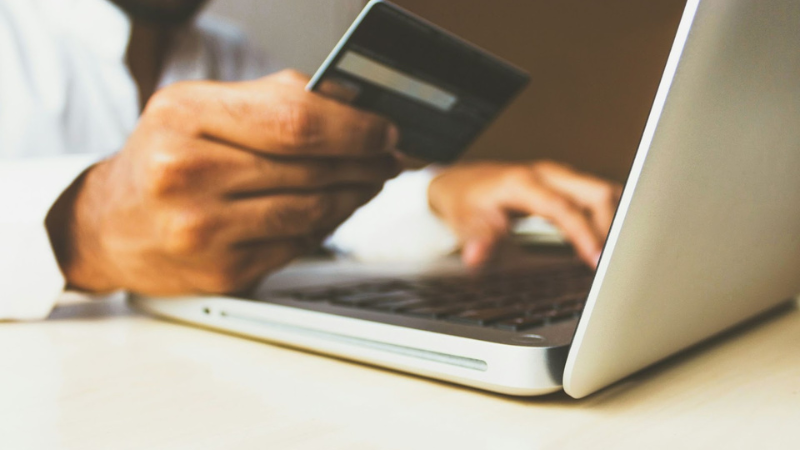
5 Simple Tips to Start an eCommerce Business & Lead it to Success
eCommerce has been a booming industry ever since it became possible to sell online. Even now, it still offers an enormous potential for growth and profit. You can even work from anywhere, like Jiayuguan. That’s more than enough to persuade most people to start an ecommerce business. You could be tempted to give it a go. Don’t just rush into it, though. Make sure you actually know what you’re doing first. That way, you can maximize your chances of success. While this seems complicated and even overwhelming, it doesn’t always have to be. By focusing on the right areas from the start, there should be a lot less to worry about. But first, you’ll need to know which areas you should actually put the effort into from the start. Some of these could stand out more than others. Five could be vital to your success going forward. By putting the time and effort into them, you shouldn’t have a problem seeing more and more success in time. Focus on a Niche Running an ecommerce business means you can sell almost anything online. You could even try to sell to anyone around the world. While that seems appealing, it doesn’t mean you should try to sell everything to everyone. That’s a recipe for disaster. You’re much better focusing on a niche. While this narrows down your potential target market, it puts you in a better position to actually sell to them. You can focus your efforts much more, greatly increasing your chances of generating sales and revenue. You’ll even decrease your costs, helping to make your business much more profitable. Sort Out Payment Processing Payment processing will, naturally, be a significant area to focus on from the start. That doesn’t mean setting this up is always easy. Many providers may be hesitant to set this up for ecommerce brands. That could be why so many ecommerce businesses need a high risk merchant account. While this could mean jumping through a few extra hoops, it shouldn’t be as complicated as you’d think. Since this is vital for accepting payments online, it’s worth putting the effort into from the start. That way you can accept payments seamlessly and without needing to worry about it. Use SEO Best Practices You’ll need to create as much brand awareness as possible about your ecommerce business. One of the best ways to do this is with search engine optimization (SEO). This is the process of getting your business’ website to rank as well as possible on Google and other search engines. While SEO can be a long and time-consuming process, the benefits will be more than worth it. You’ll get your website in front of potential customers looking for products or services like yours. They’ll be primed for a sale, so you should end up having a positive impact on your business with it. Decide on Reliable Shipping If your ecommerce business sells physical items, then you’ll need to have them shipped to your customers. This can often be one of the more complicated areas to figure out. Setting up your own logistics company might be too complicated and expensive. It could be worth outsourcing because of that. When you’re doing this, do your research on whoever you’re considering outsourcing your shipping to. Make sure they’re as reliable as possible. Looking into their client reviews and similar areas helps with this. The more reliable and quality an option is, the better they’re worth going with. Make Data-Driven Decisions You’ll need to make countless decisions for your ecommerce business. These will span quite a few areas, and they deserve a lot of thought. Before making any decisions, make sure you’re as informed as possible. Your ecommerce business should bring in quite a bit of data once it’s been launched. Use this data as much as possible. It’ll help with your decision-making process more than you’d think. It’ll even help to make sure the decisions you make are as high-quality as possible. While that could mean taking a bit more time on them, it’ll be more than worth it. When you want to start an ecommerce business, you’ll already know you’ve to put a decent bit of time and effort into it. Rushing through everything could lead to more than a few mistakes. It could even lead to your business failing. By focusing on the right areas from the start, you should maximize your chances of seeing success. There’s no reason why you shouldn’t put the effort into them. You shouldn’t have a problem seeing more success. You may also like to read; Create a Welcoming Airbnb with These Timeless Decor Ideas
